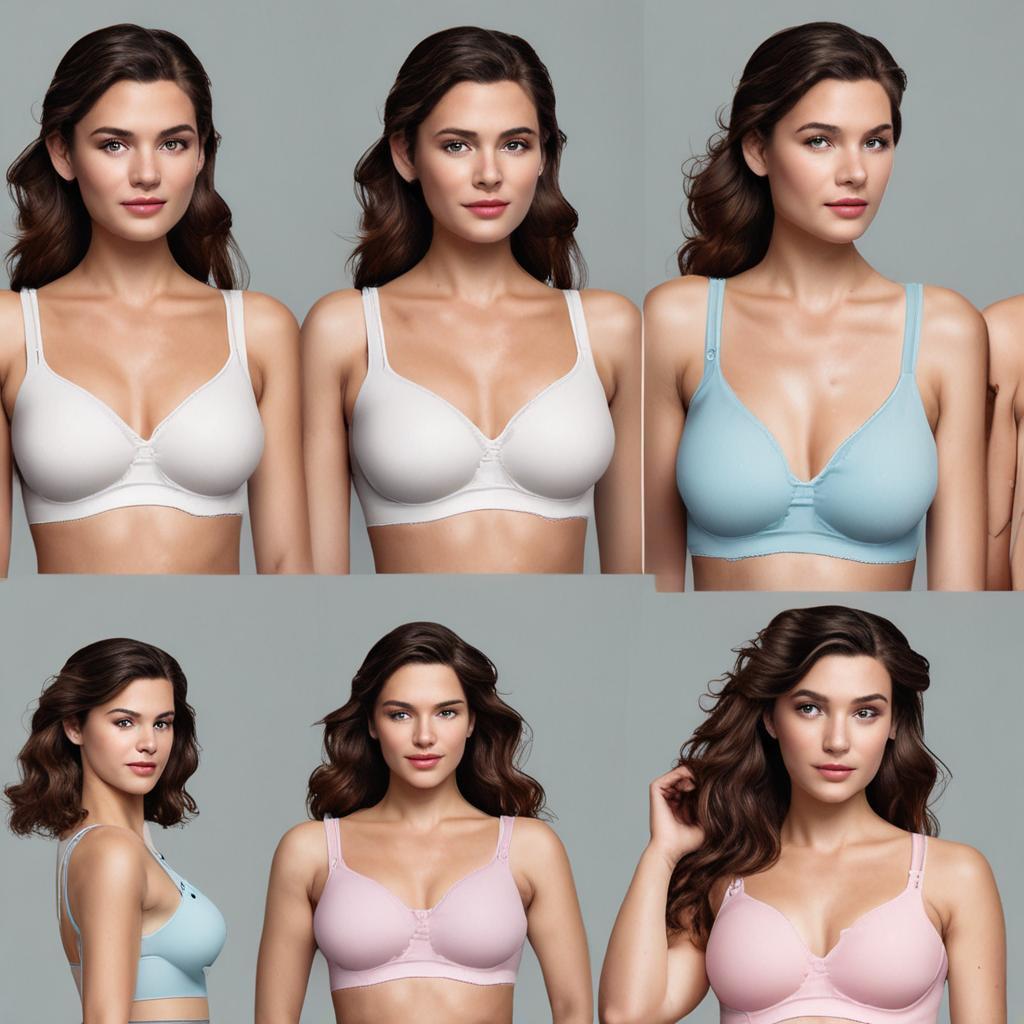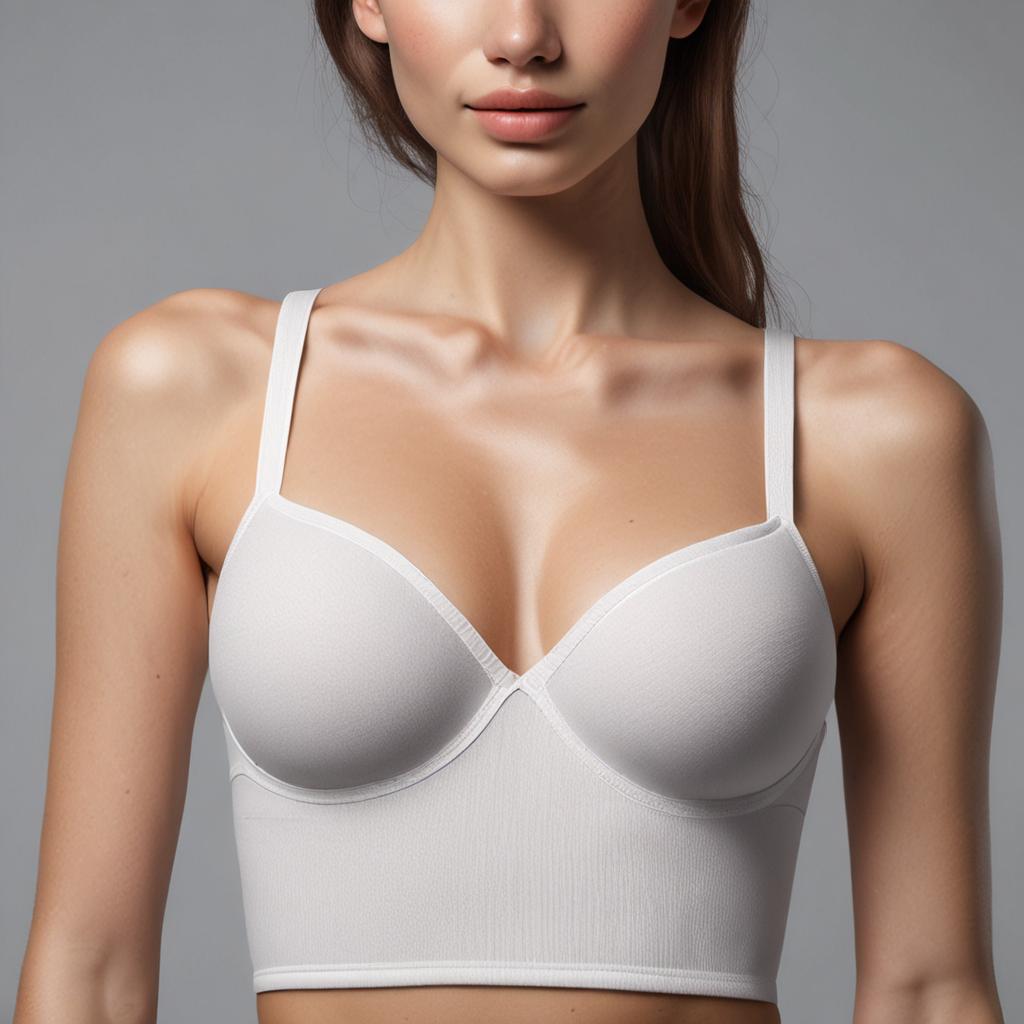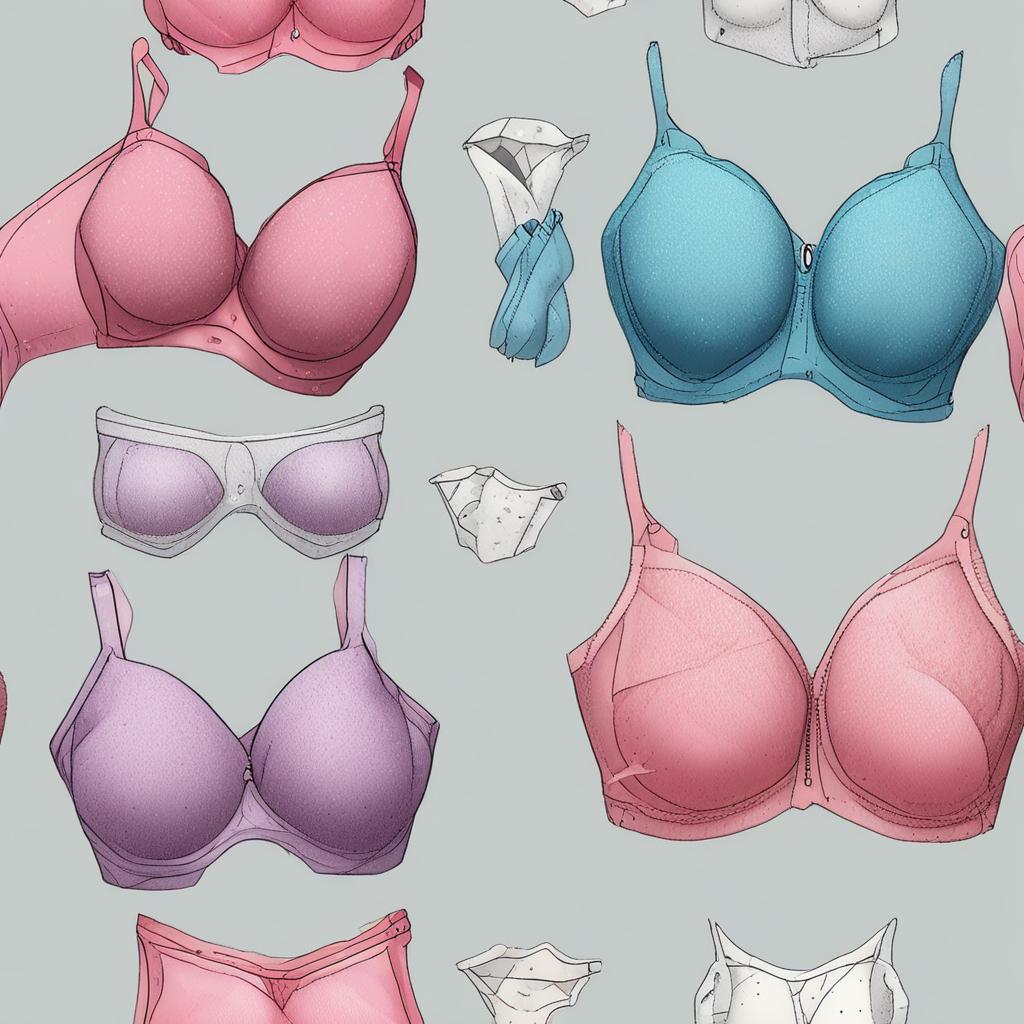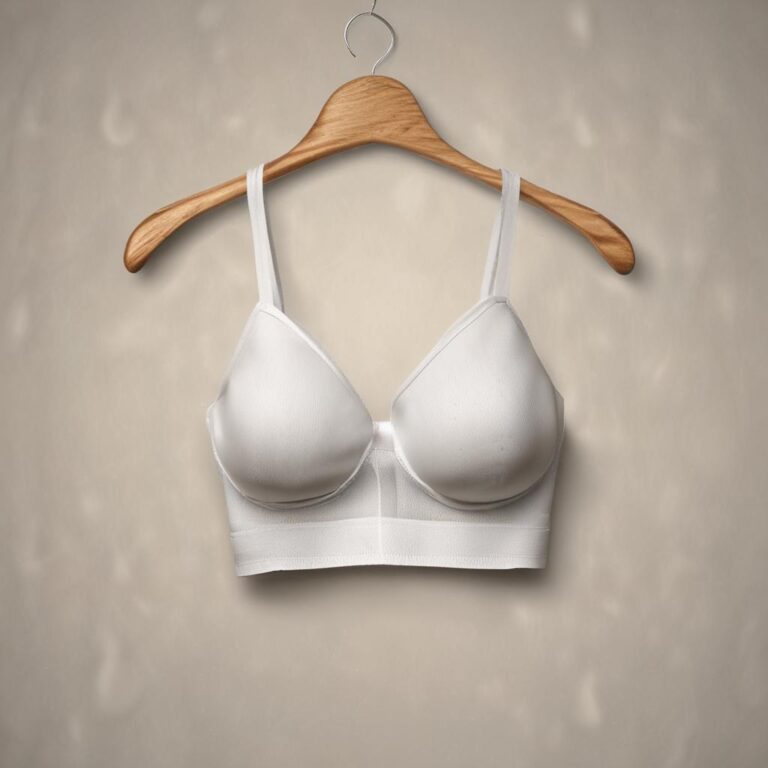A well-fitting bra is essential for comfort, support, and confidence, yet many people neglect to check their fit regularly. Whether you’re shopping for a new one or reassessing an existing favorite, understanding how to evaluate your bra can make a world of difference. From the band to the straps, every component plays a role in ensuring proper alignment and durability. In this article, we’ll walk you through the key elements to examine, helping you maintain optimal comfort and avoid common issues like discomfort or poor posture.
Step-by-Step Process
Inspect Visually
Check for visible damage, wear, or cracks.
Test for Leaks
Apply pressure and check for fluid leaks.
Measure Thickness
Use a micrometer to check brake pad thickness.
Check Rotor Condition
Inspect rotors for grooves, warping, or glazing.
Test Brake Function
Perform a road test to ensure proper braking.
Process infographic for How to Check Bra



Understanding Bra Fit Basics
A properly fitting bra should feel secure without digging in, provide even lift, and avoid sagging or slipping. The foundation of a good fit starts with the band, which should sit level around your torso and offer most of the support. However, even a well-chosen bra can lose its shape over time due to wear, weight changes, or poor care. Before diving into specifics, ensure you’re using the right measuring technique: stand upright, take a natural breath, and measure both the band and bust size for accuracy.
Checking Band Fit
Assess Band Snugness
The band is the primary support structure of your bra. If it’s too loose, you’ll feel uncomfortable gaps at the back or sides. To test, lift your arms and observe how the band reacts. A correct fit should remain level and firm but not constricting. You can also check by looking in a mirror: if the band rolls upward or creates a “V” shape at the back, it may be too loose or improperly sized.
Adjust for Movement
Your bra should stay in place during daily activities. For high-impact exercises, a sports bra with a wider, sturdier band is ideal. If your band sags or shifts when sitting or moving, it might be time for a firmer option. Additionally, ensure the band isn’t too tight—straps should support your weight, not the other way around. A good rule: the band should cover 80% of your torso without slipping.
Evaluating Cup Fit
Check for Spillover and Gaps
The cups should fully contain your breast tissue without causing overflow at the sides or gaps in the center. Stand in front of a mirror and raise your arms to see how the shape holds. If the cups gape or stretch unevenly, the size may be off. For instance, a 32B bra on a 34B bust can lead to gaps, while a 34C on a 32C bust might cause the cups to bulge.
Test for Symmetry
Asymmetry can signal a poor fit or wear. Ensure both cups align evenly with your body and that the center panel sits flat against your sternum. If one side rides up or the cups appear misshapen, the bra may be the wrong size or need replacement. For example, a bra that’s been worn out may lose its structure, leading to uneven support.
Strap and Hook Adjustments
Strap Tension and Positioning
Bra straps should lie flat across your shoulders and adjust to a position where they don’t dig in but still provide support. If they slip or create indentations, it’s a sign the band is too loose. For a more accurate check, let the straps hang loose before adjusting them to a comfortable tightness. Avoid crisscrossing or over-tightening, as this can strain your shoulders.
Hook Fit and Wear
The back closure should fasten comfortably, with hooks and eyes that don’t strain the fabric. If the bra feels too tight in the back even when fully unfastened, it’s likely the wrong band size. Also, inspect the hooks for wear—damaged closures can compromise support. For example, a bra with a 4-column hook should typically fasten at the second or third column for a secure fit.
When to Replace Your Bra
Signs of Wear and Tear
Even the best bras have a lifespan. Check for stretched-out bands, broken seams, or flattened cups, which indicate the need for a new one. If the underwire feels uncomfortable or protrudes, it may have lost its shape. For instance, a sports bra worn for daily runs might need replacing after six months, while a regular bra can last up to a year with proper care.
Changes in Body Shape
Weight fluctuations, pregnancy, or menopause can alter your bust size and shape. If you notice your bra no longer fits as it once did—like a loose band or lack of coverage—it’s time to reassess. Regular fittings, especially after significant life changes, are crucial for maintaining comfort and preventing long-term posture issues.
Conclusion
Checking your bra fit is a simple yet vital habit that ensures both comfort and confidence throughout the day. By evaluating the band, cups, straps, and closures, you can identify issues early and avoid discomfort or poor support. Remember that your body changes over time, so what fit perfectly six months ago may no longer work. Prioritize regular assessments and invest in bras that adapt to your needs. With the right fit, you’ll enjoy better posture, reduced pain, and a more flattering silhouette—because feeling good starts with knowing your bra fits just right.




